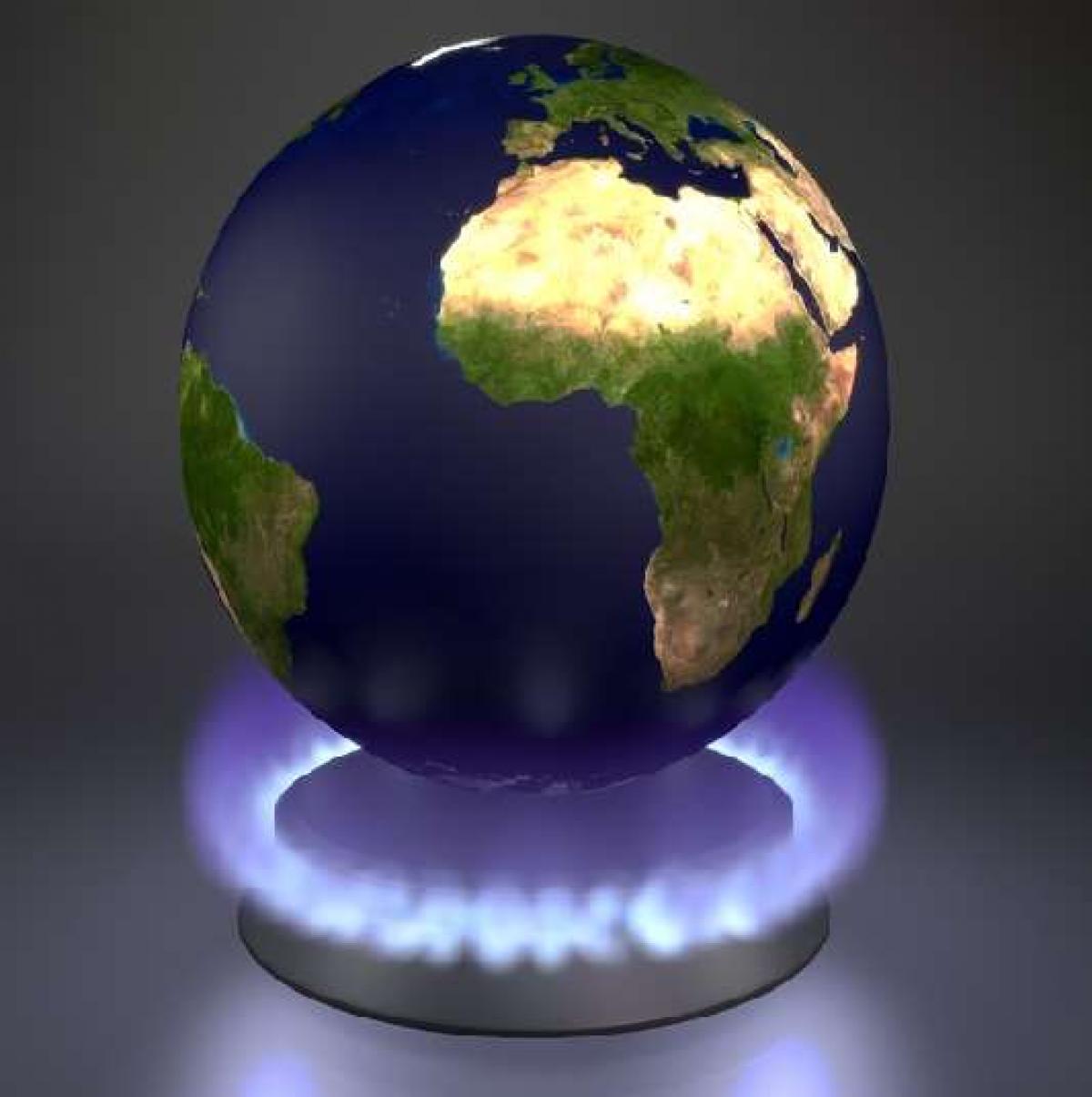In early December 2015, representatives of 196 parties met in Paris, France, to discuss climate change, and the necessary reduction of greenhouse gas emissions on a global basis. The result, the “Paris Climate Agreement,” seeks to limit warming to just 2 degrees Celsius (3.6 Fahrenheit) above pre-industrial levels, through a system of “nationally determined contributions” to that cause.
For Europe in particular, the execution of this agreement would/will require a massive increase in energy efficiency, implying an eightfold increase in current levels of investment in low-carbon energy infrastructure between now and 2040.
A new paper by Ada Amon and Ingrid Holmes, both of the environmental think tank E3G, looks at the consequences of that commitment. The authors make the point that in order to treat energy efficiency as infrastructure, and while “integrating it into wider national infrastructure planning,” the European nations will have to acknowledge that supply side investment needs will fall. By building this premise into their plans they will reduce the risk of asset stranding.
Mega Projects as Stranded Assets
That risk is a real one. As the paper observes, a number of mega-projects are now planned in Europe, including Nordstream II, Southern Gas Corridor, and Bulgaria Stream.
Nordstream II is a gas pipeline that will link Russia and Germany. The government of Denmark has recently expressed concern that it will increase that country’s dependence on Russian sourcing. But the concern that E3G raises is a very different one: that the Paris accord will result in a reduction of demand for gas in the countries on the receiving end of that pipeline, and that this will turn the pipeline into a white elephant, an expensive unused asset.
The Southern Gas Corridor is an initiative that will in time, if the plan comes to fruition, supply gas from the Caspian Sea and Middle East regions, taking it through Asia Minor, and the Balkans, all the way to Vienna.
Bulgarian Stream, likewise, is a project for a new gas hub on the coast of the Black Sea.
All these projects share the same liability. As the report says, “gas consumption in Europe has been falling and in 2015 was approximately 20% lower than its peak in 2010.”
It isn’t merely gas projects that threaten to become stranded assets as demand drops. The same prospect beckons for “power generation investments that are no longer needed and most be ‘written off’ financially,” the paper says.
More generally, the report argues that energy efficiency, like “infrastructure” as generally defined, is long-lasting capital stock, provides input to a wide range of goods and services, and frees up capacity elsewhere in the economy. In all this it is quite analogous to roads, railways, and pipelines.
If efficiency is regarded as infrastructure, EE will become subject to economic appraisals that highlight both its benefits and its costs. This would correct what environmentalists see as the one-sided focus on costs that prevails at present. For example, a recent study concluded that a program to increase the energy efficiency of buildings in Britain in particular would generate net benefits of ?8.7 billion (€12 billion).
Investors and Alpha Hunters
Perhaps of more importance to investors, looking at energy efficiency as infrastructure may encourage the development of Europe’s internal energy market, and a streamlining of public-private financing options there.
But what is of still more importance to alpha seekers is the inference that if things work out as envisaged here, carbon based energy will become a very bad investment. Surely some part of the purpose of the white paper is to make that point, perhaps even in the hope of making it a self-fulfilling one. The move away from carbon will take place to the extent everyone expects that it will.
Yet that move clearly won’t take place without push back. At least two recent studies indicate the sources of the pro-carbon pushback (aside, of course, from the self-interest of the industries involved). The Oxford Institute for Energy Studies has published a white paper that declares, via the title, that “electricity markets are broken” and that asks whether they can be fixed consistent with the anti-carbon political agenda. It concludes flatly that “there is no possibility of a long-term self-sustaining low carbon market based on the mixture of sources envisaged by governments.”
The Manhattan Institute has posted an “issue brief” entitled: “What Happens to an Economy When Forced to Use Renewable Energy?” It makes the point that over the period 2008-2012, Germany’s residential electricity rates increased by 78%; Spain’s by 111%; those of the United Kingdom by 133%. Further, it makes the case that this is the consequence of the move away from carbon, and can be reversed only when that move is halted.
The energy future of the EU is very much in balance and any investment decisions that depend on a reading of the politics, pre or post Paris, will have to be carefully hedged.




